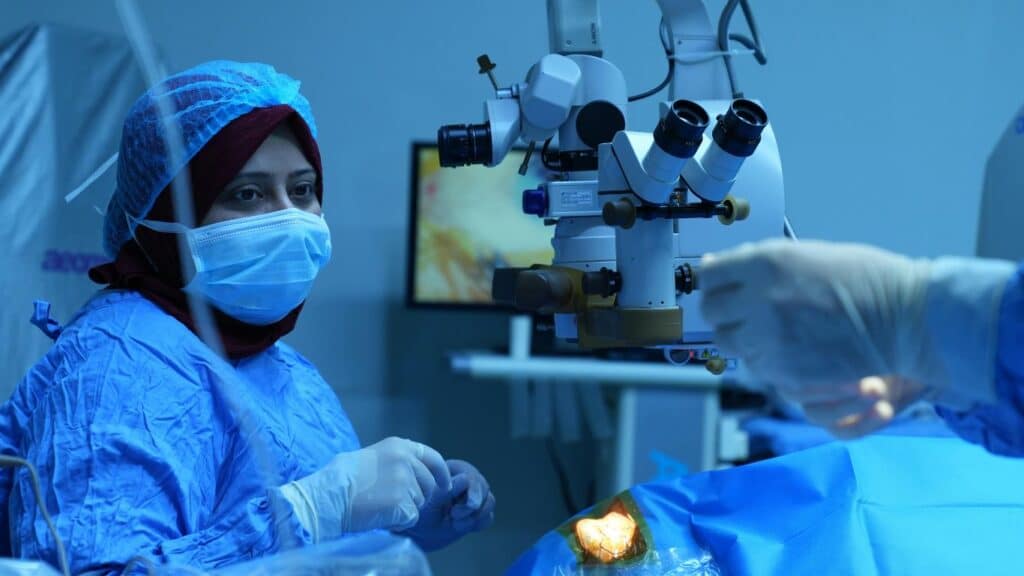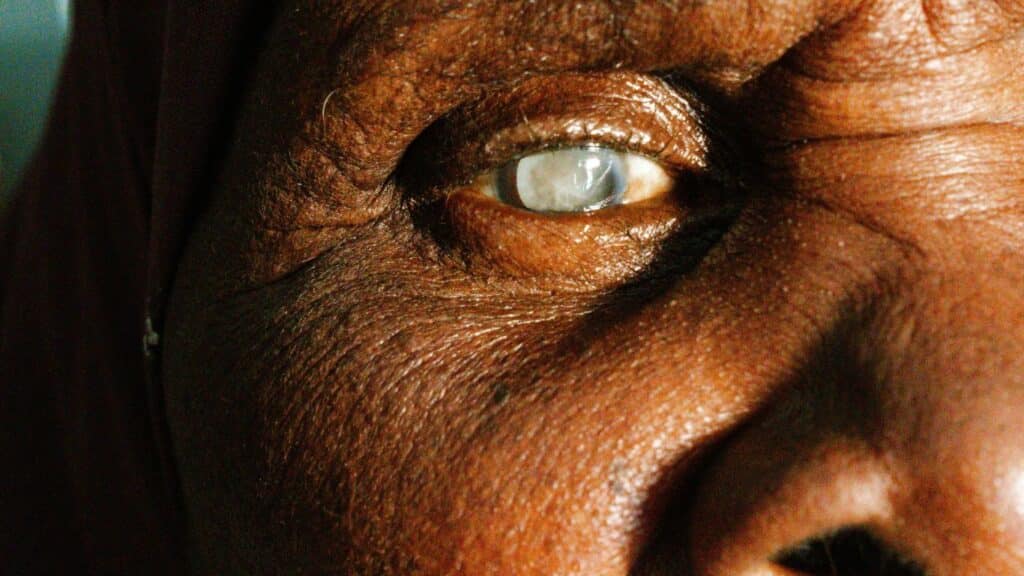More than 700,000 people undergo laser eye surgery annually in the U.S., yet many still wonder whether LASIK or PRK is right for them. Both procedures correct nearsightedness, farsightedness, and astigmatism effectively.
If you're comparing "PRK vs LASIK recovery" or wondering about "LASIK flap risks," Texas Vision & Laser Center, backed by 67+ years of experience and 30,000+ successful surgeries, can help you make the best choice for your vision goals.
Book an Assessment With An Ophthalmologist Now!
LASIK and PRK are advanced vision correction surgeries designed to reduce or eliminate the need for glasses or contact lenses. While they share the same goal, the procedures differ:

Deciding between LASIK and PRK? Know the key differences to choose the right procedure for you. Both deliver amazing vision improvements, with slight differences in recovery and results.
Check out the comparison table below:
| Feature | LASIK | PRK |
| Initial Recovery | 1–2 days | 5–7 days |
| Pain Level | Mild | Moderate to High |
| Vision Improvement | 24–48 hours | 1–2 weeks |
| Return to Work | 1–2 days | 5–7 days |
| Long-Term Vision | 20/20 or better | 20/20 or better |
| Flap Risks | Yes | No |
| Ideal For | Most healthy eyes | Thin corneas, athletes |
Both LASIK and PRK come with potential risks and side effects that should be considered:
Despite these potential issues, many patients achieve excellent long-term vision with either procedure.
At Texas Vision & Laser Center, we prioritize your safety and satisfaction by providing thorough evaluations to determine the procedure best suited to your individual needs. Our skilled team ensures all risks are minimized through careful screening and by tailoring recommendations to your eye health and lifestyle.
Rest assured that with us, you’ll receive top-tier care every step of the way.
Discover Which Laser Eye Surgery Is Right for You – Book an Assessment Now!

To be eligible for either LASIK or PRK, you’ll need to meet a few general requirements.

The average cost of LASIK is typically between $2,000 and $3,000 per eye, while PRK ranges from $1,800 to $2,500 per eye. These prices may vary based on factors like the surgeon's experience, technology used, and whether pre- and post-operative care is included.
To help patients afford care, Texas Vision & Laser Center offers financing options through partners like CareCredit and Alphaeon Credit. You can also use FSA or HSA accounts to pay for laser eye surgery with pre-tax dollars. Most insurance plans don’t cover LASIK or PRK unless deemed medically necessary, but it’s worth checking with your provider.
Before making a decision, schedule a consultation with your ophthalmologist at Texas Vision & Laser Center (TVLC) to get a personalized assessment of your eyes and determine which procedure is best suited for you.
Your clearer future starts now!
Discover Which Laser Eye Surgery Is Right for You – Book an Assessment Now!



